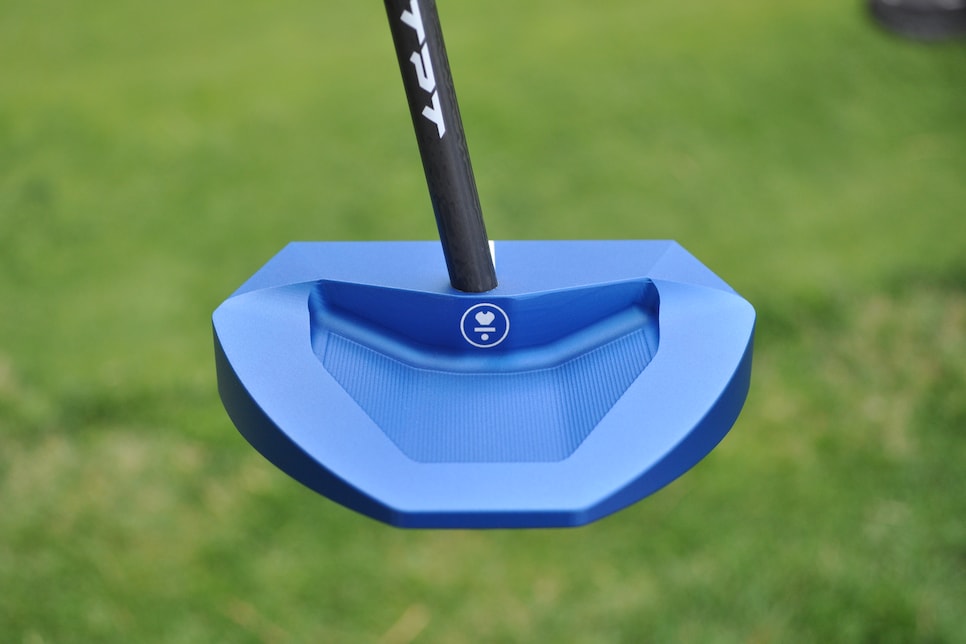Question: You mentioned on social media that Brian Harman won with a zero-torque putter. How does it differ from a regular mallet? Should I switch?
Answer: I can’t answer the second question for you. As much as I’d love to confirm that a particular putter will save you strokes, there’s no one-size-fits-all putter. The best thing you can do is test several different options and see if one performs better than the others.
As far as Brian Harman’s triumph at the Valero Texas Open, it happened to coincide with his switch to TaylorMade’s Spider 5K-ZT prototype putter in the days leading up to the opening round. Harman was struggling on the greens, and an equipment rep saw an opportunity to get the putter in the hands of someone who rarely switches. (Harman’s previous Spider OS CB was released in 2016 to get a sense for his putter loyalty.)
“A putter rep just handed it to me and said try this one,” Harman said.
Harman went from having “probably my worst year from 10 to 20 feet putting” to winning for the first time since 2023. And he finished 6th in Strokes Gained in Putting for the week. Not a bad introduction to Spider 5K-ZT.
The “ZT” in the name stands for zero torque, and it’s a trend worth unpacking to understand if it has a place in your bag.
Whlle Harman is the latest name to find success with a zero-torque putter, he isn’t the only pro reaping the benefits. Lucas Glover saw near-immediate success (back-to-back wins) after switching to a L.A.B. Mezz.1 Max with similar design properties in 2023. Adam Scott’s putting also has seen an uptick with a L.A.B. putter in his hands.
Looking at the success stories, it’s natural to wonder if you could benefit from a zero-torque design as well. The design has gone from a fringe concept to arguably the most popular trend in the equipment industry, but I’d contend most weekend golfers don’t have a good handle on what it means.

Simply put, zero torque is a design that allows the face to stay square to the target line — as opposed to opening or closing — by placing the center of gravity (CG) directly under the shaft axis to reduce head twisting. And if that explanation is still too confusing, just know the design is meant to assist golfers who struggle to get the face back to square or struggle with inconsistent impact.
Why is this important? Striking the ball on the toe or heel will inevitably force the face open or closed at impact, leading to a putt that doesn’t travel down its intended target line. You’ll likely lose some semblance of ball speed, too, meaning the putt could end up wide and short of the hole. We’ve all seen this movie.
Zero torque designs reduce the number of variables by keeping the head square longer during the stroke, meaning you don’t have to be perfect with the line or pace. This recipe could lead to more holed putts or a shorter cleanup that doesn’t require much effort.
It’s a good combination for golfers who simply want to point, click and shoot when standing over a putt.
This article was originally published on golfdigest.com




